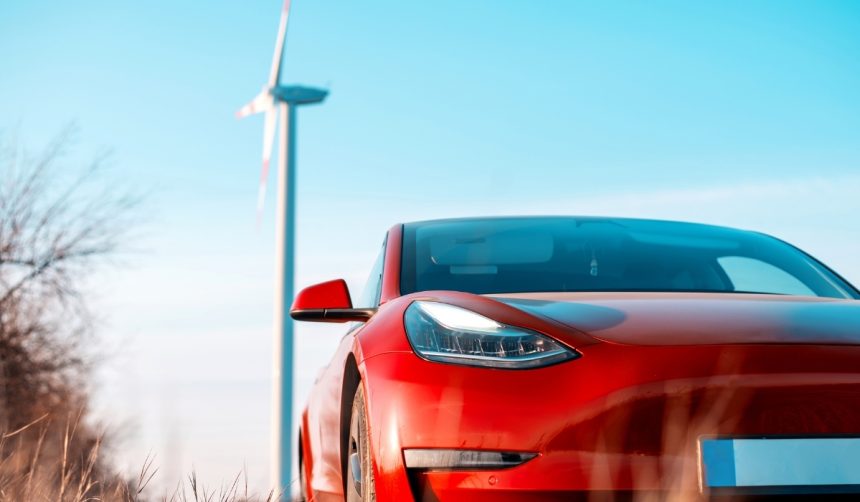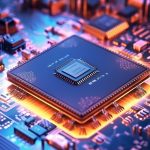Tesla, a leading name in the electric vehicle industry, seems to be advancing its technological capabilities at the Giga Berlin-Brandenburg complex. Recent reports indicate the potential use of FSD Unsupervised for transporting newly manufactured Model Y vehicles to the facility’s staging area. This development highlights Tesla’s continuous push toward automation and efficiency. The utilization of autonomous systems in such a manner might signal an upcoming shift in vehicle logistics, with Giga Berlin possibly setting a new standard for Tesla’s global operations.
Earlier observations from Tesla’s facilities in the U.S., specifically from the Fremont Factory and Gigafactory Texas, have confirmed the use of FSD Unsupervised. The expansion to Giga Berlin signifies Tesla’s growing confidence in its autonomous technology. While details about its deployment remain scarce, the progression into European operations could imply robust testing and enhancements to ensure compatibility with different infrastructure. The potential rollout at Gigafactory Shanghai, considering its pivotal role in Tesla’s global production and distribution network, may follow suit soon.
What Does the Drone Footage Reveal?
A recent drone flyover conducted by Tesla enthusiast Tobias Lindh has captured several updates at the Giga Berlin site. Among these, the movement of Model Y units seemingly without drivers caught particular attention. Should this observation be accurate, it marks a noteworthy implementation of FSD technology outside North America. The footage also displays ongoing construction of a new warehouse and tunnel, reinforcing the expansion of Tesla’s infrastructural capabilities at the site.
Are Other Facilities Next?
If Giga Berlin is indeed using FSD Unsupervised, Tesla’s massive Gigafactory Shanghai could be a strong candidate for similar advancements. As Tesla’s most prolific factory and a significant export hub, adopting autonomous vehicle transport could enhance production efficiencies significantly. While not confirmed, the move could allow Tesla to streamline operations and potentially redefine logistical dynamics in its international facilities.
How Does This Align with Tesla’s Broader Objectives?
Integrating FSD Unsupervised aligns with Tesla’s ambitions to establish a robust robotaxi network. With the robotaxi initiative expected to debut in Austin, Texas, soon, Tesla is preparing for broader applications of autonomous vehicles beyond internal logistics. This step, coupled with coordination with emergency response teams, suggests comprehensive planning for safety and functionality.
Tesla’s application of FSD Unsupervised at Giga Berlin reflects a strategic step in its technological evolution. As Tesla continues to experiment and optimize these systems, the automotive industry may witness new operational benchmarks. Whether these developments transition to other factories soon remains a speculative but intriguing possibility. The progress indicates Tesla’s underlying aim to leverage automation not only for production efficiency but also in shaping future vehicular autonomy.










